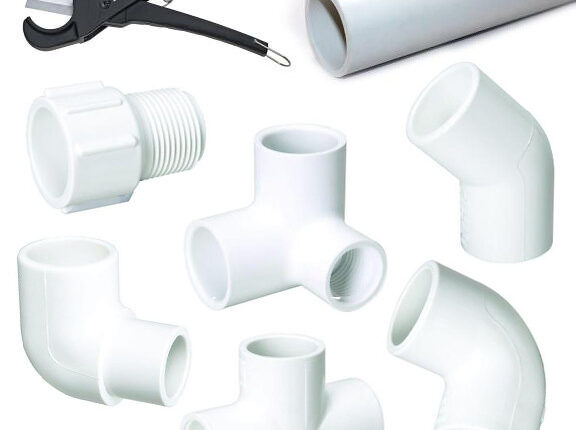Pros and cons of different plumbing materials
With the technology that keeps being better and better, the piping and plumbing industry innovation has been remarkable. Businesses and homes can now find it more accessible during plumbing installation and home remodeling. Although the materials have been made to be more durable than those in the previous years, the materials used previously are still being used with a bit of innovation. Some of these materials include; PVC, PEX, CPVC, and PEX. Each of these materials has its advantages and disadvantages, but most of them are very dependable despite their disadvantages. Regardless of the plumbing material, the installation cost can be significantly reduced by optimizing the system layout. A good pipe lining company will avail all the information and advice on the best materials for home or business plumbing. Some commonly used plumbing materials are;
Cross-linked polyethylene
It is one of the best piping materials due to its durability and flexibility. It can go around edges without requiring glue to help it stick since it uses compression fittings. Compared to other piping materials, PEX is cheaper to install. Its flexibility enables it to be used with other piping materials, especially when repairing.
Advantages
- It is flexible and can be used with other materials
- It is nonconductive
- Due to its ability to expand and contrast, it is resistant to freezing and heat
CPVC
With higher chlorine content than PVC, chlorinated PVC can be used as a conduit of hot water. Their smoothness allows them to transport water silently as compared to other piping materials. They are also very cheap.
Advantages
- Has easier installation process
- They are resistant to fire and heat
- They are flexible thus can be used with other piping materials
- They have a long lifespan
- They don’t react with water thus safe for drinking water
- They are nonconductive
Disadvantages
- They are hard to recycle
- They may break during frigid temperatures
- Their manufacturing process is unfriendly to the environment
- They are more expensive than standard PVC
PVC
It is the go-to material for most plumbers. It is made of plastic material and comes typically into two sizes; schedule 40 has thin walls and is more affordable than schedule 80, which is more expensive and has thicker walls. They are found in draining lines such as bathtubs, sinks, toilets, and high-water drainage.
Advantages
- It is versatile due to different sizes and fitting
- It is among the cheapest plumbing material
- It is rust and corrosion resistant
- It has a lengthy lifespan
- It can withstand high water pressure
- It is also nonconductive
Disadvantages
- They are degraded by UV light from the sun
- They leave pellets in water thus not safe for drinking water
- They cannot be used for hot water since they are deformed by heat
Copper
Copper is known as one of the most prolonged used plumbing materials in the industry because of its long lifespan. Even though it is one of the best plumbing materials, it is costly and requires soldering and fitting. Its high price exposes it to risks of vandalism and theft. However, it remains the best plumbing option.
Advantages
- It is non-corrosive and rust-resistant
- It has a lengthy lifespan
- It can be sued for hot water since it is heat-resistant
- It is recyclable
- They do not leak
- They can also be used for refrigerant lines for HVAC
Disadvantages
- The mining of copper has adverse effects on the environment
- Their high price makes them vulnerable to theft and vandalism
- During soldering, some may contain some pellets of lead, which is harmful to humans
Stainless steel
Just like copper, stainless steel is costly. It is neat and very smooth. It is recommended for regions along the coast where corrosion is high. Their shiny surface sometimes can confuse them to look like galvanized pipes. They are found both as a flexible and rigid material, thus making them very versatile, and are available in various sizes


Comments are closed.